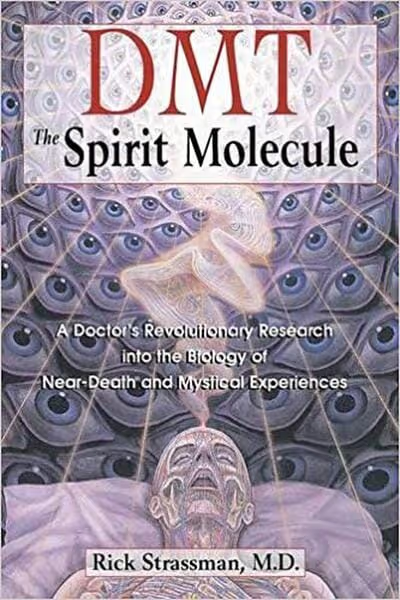Mapping the Mind
Today, much as an X-ray displays our bones, a brain scan reveals our thoughts, feelings, and memories. We can literally see a person's brain register a joke or a sad memory in real time. Rita Carter investigates the geography of the human brain using cutting-edge imaging technologies and the knowledge of renowned experts. Her writing is straightforward, approachable, and amusing, and the book's 150 illustrations—the majority of which are in color—provide an illustrated introduction to that amazing, coconut-sized, wrinkled grey mass we all carry within our skulls.
The topography of the brain has shaped human behavior and society, according to Mapping the Mind. Carter demonstrates how our personalities mirror the molecular principles that underpin cognition and emotion, and how behavioral oddities can be linked to brain disorders. Obsessions and compulsions appear to be produced by a jammed neural switch in a part of the brain that detects danger in the environment. Addictions are caused by a malfunction in the reward system of the brain. Religious experience has also been connected to activity in a specific brain area. The differences between men and women's brains, the concept of a "gay brain," and disorders like dyslexia, autism, and mania are all discussed.
Looking inside the brain, Carter argues, we can see that actions are triggered by perceptions, which are triggered by brain activity governed by a neuronal structure generated by the interaction of our genes and the environment. Without avoiding the issue of free will, Carter proposes that future generations will use our growing understanding of the brain to "increase those mental traits that offer pleasure and significance to our lives, and to eliminate those that are detrimental."






















































